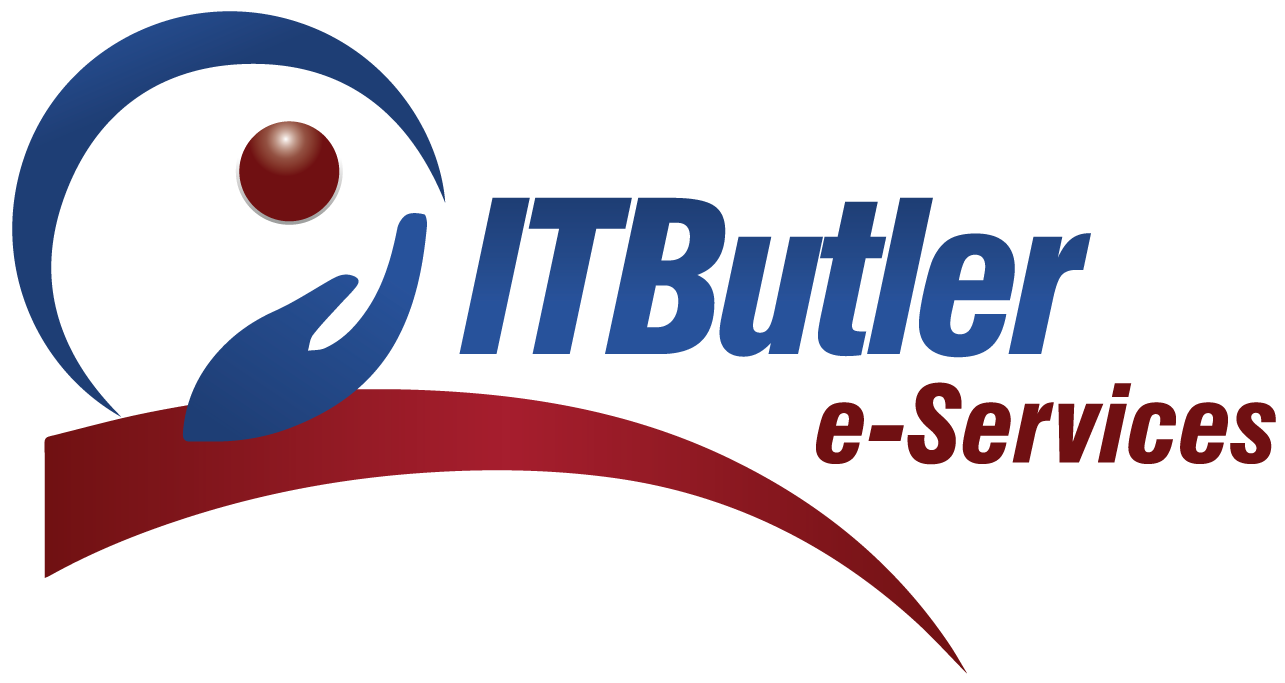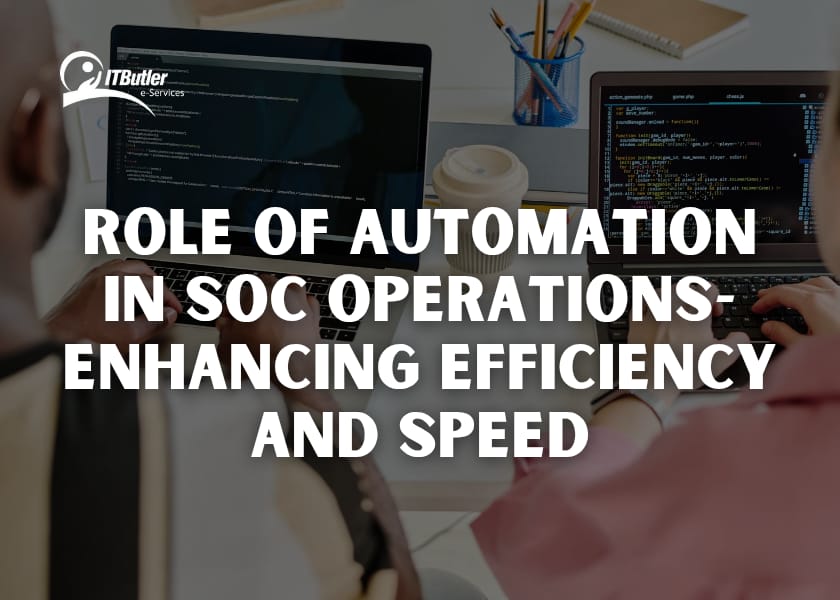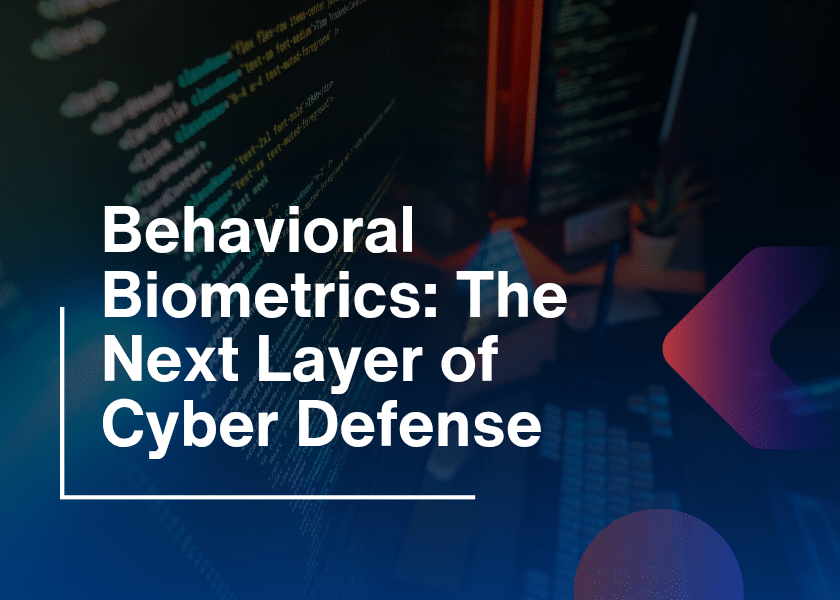Imagine your security team drowning in alerts and manually sifting through thousands of threats while trying to be the first one to stop damage before it happens. But cybercriminals exploit them in minutes using automatic attack tools. Is your Security Operations Center ready for this? However, SOC teams face an unmanageable volume of security alerts, increasing cyber threats, and a shortage of skilled professionals. Because traditional SOC operations rely heavily on human effort, which is slow and error-prone. So this is where SOC automation comes in.
What if your SOC could detect and respond to threats in seconds without needing human effort? Moreover, automation in SOC operations enhances both efficiency and speed, allowing security teams to focus on strategic tasks instead of repetitive manual work. So let’s find out how SOC automation is transforming cybersecurity.
Understanding SOC Automation
SOC automation uses artificial intelligence and machine learning alongside predefined workflows to detect, analyze, and respond to threats without human involvement.
How Do They Work?
- Threat Detection: AI scans networks, endpoints, and logs for suspicious activity.
- Automated Analysis: However, the machine learning detection of patterns found in attack behavior and prioritization of real threats.
- Rapid Response: Tools automatically take action such as blocking malicious traffic or isolating infected systems.
Driving Forces Behind SOC Automation
Why are more organizations automating SOC processes? So the answer is in these primary cybersecurity challenges:
1. Surge in Cyber Threats
- Because hackers now use AI-powered malware that mutates and spreads quickly.
- Moreover, phishing attacks, ransomware, and zero-day exploits are on the rise.
2. Growing Security Fatigue
- Analysts are bombarded with alert overload—often more than 10,000 security alerts a day!
- False positives are a waste of time and cause burnout.
3. Regulatory Compliance
- However, rapid response times are needed to meet compliance requirements like GDPR, HIPAA, and PCI-DSS.
- Moreover, automation helps with audit logs and policy enforcement.
4. Shortage of Cybersecurity Experts
- There’s a worldwide shortage of cybersecurity experts.
- Therefore, automation bridges the gap, allowing smaller teams to deal with large-scale threats.
These reasons make it clear: SOC process automation isn’t a luxury. But it’s a survival tactic.
Areas Where Automation Improves SOC Efficiency
SOC automation enhances security operations within several key areas, includi
1. Automated Threat Detection
- However, AI continuously scans logs, traffic, and user behavior for anomalies.
- Further, it reduces manual analysis time and catches threats quickly.
2. Incident Triage & Prioritization
- AI filters out low-risk alerts and escalates critical ones.
- Do not waste the time of security teams on unnecessary alarms.
3. Automated Threat Response
- Can block malicious IPs, isolate infected systems, and enforce security policies, all without human intervention.
- Furthermore, it reduces response time from hours to seconds
4. Log Analysis & Correlation
- Automated tools analyze millions of log entries in seconds.
- As it detects patterns of attack that humans might miss.
5. Forensic Investigations
- AI assists in post-attack investigations, mapping attack paths, and identifying root causes.
- Helps security teams learn from incidents and prevent future breaches.
Thus, automation means that SOC teams can manage more incidents with fewer resources. Hence, increasing the efficiency and speed of response in the SOC.
How Automation Accelerates SOC Velocity
Speed is everything in cybersecurity. Therefore, the longer a threat is allowed to hang around, the more damage that is done. So here’s how SOC automation quickens the operation:
1. Real-Time Alerts & Decision-Making
- SOCS that depend on manual log reviews are far too slow.
- AI identifies threats in real time and acts upon them.
2. Automated Playbooks
However, predefined response workflows automatically execute security actions.
Example: When a ransomware outbreak is detected, automation can automatically isolate the infected device and alert the team.
3. Threat Intelligence Integration
- Real-time updating of threat databases by AI-driven SOCs.
- Tuned for new attack techniques in real time.
4. Machine Learning & AI for Prediction
- ML alerts on anomalous activity that hasn’t yet taken place.
- AI learns from past incidents, so the responses are also better for later use.
Thus, with these techniques, SOC speed increases significantly less impact of cyberattacks take place.
AI in SOC Process Automation
The body of automation is artificial intelligence. AI-driven SOCs make use of:
1. AI-Powered Threat Hunting
It predicts attacks before they happen. Moreover, it detects vulnerabilities in security.
2. Anomaly Detection
Anomalies in real-time will be flagged. For Example; A normal employee downloading 10GB of data for no reason? AI will notice!
3. Behavioral Analytics
AI learns what normal user behavior looks like and identifies insider threats.
4. Adaptive Security
Moreover, AI will change the security policy on its own according to evolving threats. AI-driven SOC automation keeps the organizations ahead of the attackers.

Problems with SOC Automation & How to Solve Them
While SOC automation is a real powerhouse, there are challenges along the way:
1. Fear of Replacing Humans
Reality: It does not replace analysts; rather, it makes them more efficient.
Solution: Hence, automate simple tasks, giving humans time for more complex ones.
2. False Positives & Negatives
Reality: AI is far from perfect. As it may also miss threats sometimes.
Solution: Have human intervention and continue to train AI models.
3. Implementation Costs
Reality: Set-up costs may be very expensive at first.
Solution. Implement automation little by little but incrementally automate.
4. Automation vs Human Oversight
Reality: Highly automated SOCs are still future work.
Solution: Keep it human-in-the-loop for sensitive decisions.
Hence, answering these solutions would help make an organization truly realize the highest benefit of automated SOCs.
What comes next for SOC Automation in the future?
Speedily developing is SOC automation. So let’s explore what comes next.
1. Completely independent SOCs: AI-driven SOCs operating with small human input.
2. AI-driven SOC assistants run straight:. However, virtual assistants assist analysts with research and advice.
3. Systematic red teaming: Moreover. ethical hacking powered by artificial intelligence for evaluating SOC protections.
4. Zero Trust and automatic detection: Zero Trust policies will be applied according to risk scores.
Thus, the future belongs to artificial intelligence-powered, flexible, totally automated SOCs.
Conclusion
Cyber risks are quicker, more sophisticated, and more serious than before. Because manual SOC activities cannot stay abreast. Therefore, improved efficiency, velocity, and accuracy from SOC automation enable security personnel to concentrate on strategic defense, therefore volumes.
Ultimately, will your SOC accept automation or lag? The option.






